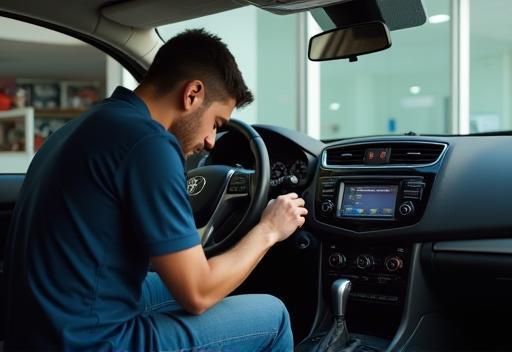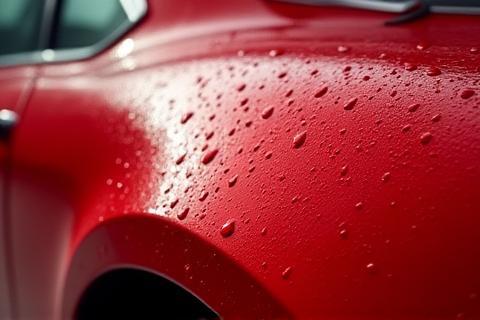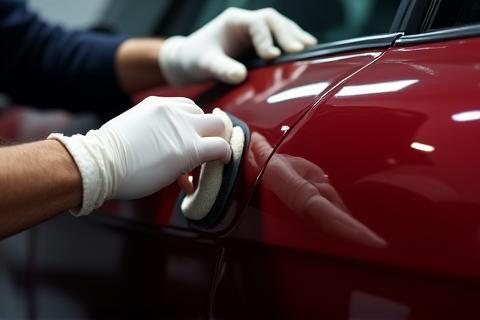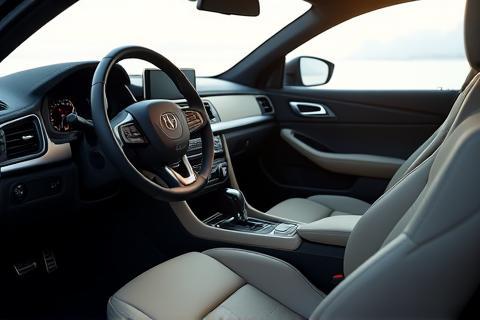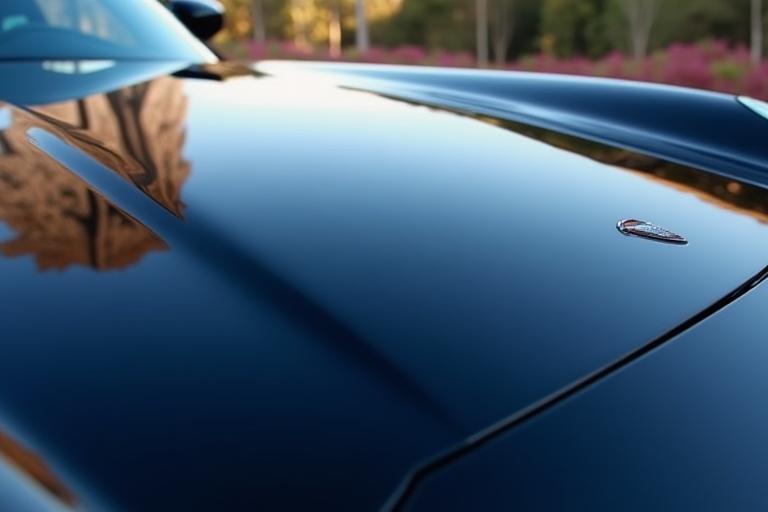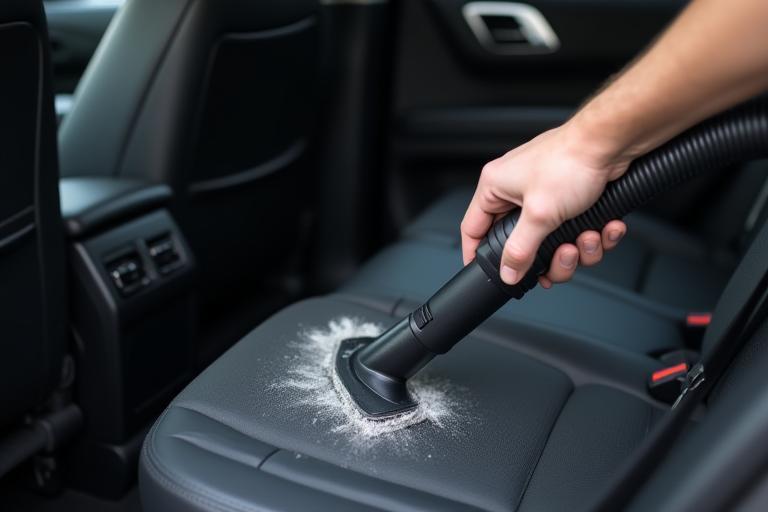Exterior Washing & Drying
The Ultimate Guide to a Scratch-Free Car Wash
Last Updated: July 20, 2024 | Estimated Read Time: 8 min | By GlassHouse Detailing Experts
Washing your car is fundamental to its upkeep, but doing it incorrectly can lead to unsightly swirl marks and scratches that diminish its appearance over time. This comprehensive guide will walk you through the professional techniques, tools, and mindsets required to achieve a brilliant, scratch-free shine every single time, preserving your vehicle's value and your pride in its appearance.
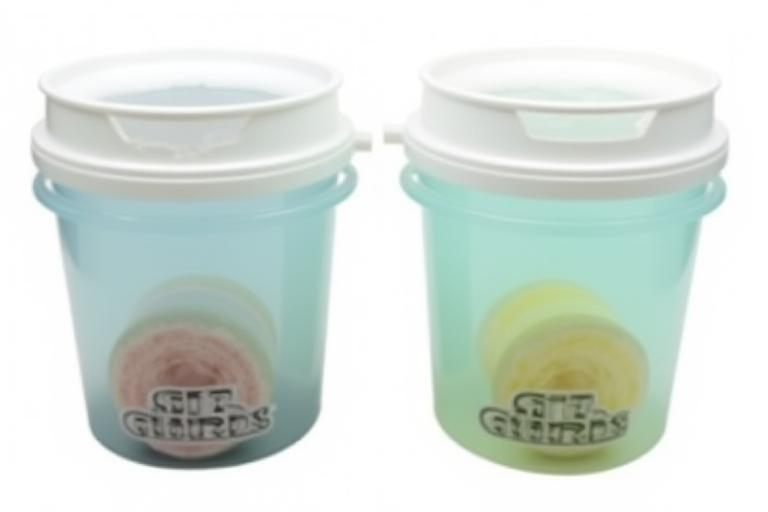
Essential Supplies for a Perfect Wash
- Two 5-gallon buckets, each equipped with a Grit Guard® or similar dirt trap at the bottom.
- A high-quality, pH-neutral car wash soap specifically designed for automotive paint.
- Multiple plush microfiber wash mitts (chenille or wool are excellent choices). Avoid sponges!
- Soft boar's hair detailing brushes for intricate areas like emblems, grilles, and window seals.
- A dedicated, non-acidic wheel cleaner and appropriate wheel brushes (various shapes and stiffness).
- Several large, high-quality microfiber drying towels (waffle weave or twisted loop plush towels are preferred).
- Optional but highly recommended: A foam cannon (for pressure washers) or foam gun (for garden hoses) to pre-soak the vehicle.
Step-by-Step Scratch-Free Wash Process
- Pre-Rinse Thoroughly: Before touching the paint, rinse the entire vehicle from top to bottom with clean water. This crucial step removes loose dirt, grit, and debris that could otherwise be dragged across the paintwork during washing.
- Wheels and Tires First: Always clean your wheels and tires before washing the paint. This prevents brake dust and heavy grime from these areas from being splattered onto your freshly cleaned panels. Use your dedicated wheel cleaner and brushes for this task.
- The Two-Bucket Method in Action: Fill one bucket with your car wash soap solution and the other with plain rinse water. Both should have Grit Guards.
- Dip your clean wash mitt into the soapy water.
- Gently wash a small section of the car, typically starting from the roof and working your way down (e.g., half the roof, one panel).
- Before reloading the mitt with soap, rinse it thoroughly in the plain water (rinse) bucket, rubbing it against the Grit Guard to release trapped dirt.
- Now, dip the clean mitt back into the soapy water bucket and proceed to the next section. This systematic approach is key to preventing cross-contamination.
- Gentle Washing Technique: Use light pressure. Let the lubricity of the soap and the absorbency of the mitt do the work. Wash in straight lines (front to back or top to bottom on panels) rather than circular motions, which can contribute to swirl marks if any grit is present.
- Rinse Frequently: After washing each section, rinse it thoroughly with clean water before the soap has a chance to dry, especially on warm or sunny days. This prevents water spots and soap residue.
- Final Rinse Strategy: Once the entire car is washed, give it a final, comprehensive rinse. Some detailers prefer a 'sheeting rinse' for this step: remove the nozzle from your hose and let water flow freely over the surfaces. This can help minimize water left behind, reducing drying time and spotting.
- Safe Drying Methods: This is another critical stage where scratches can occur. Use high-quality microfiber drying towels.
- Gently pat or blot the water from the surface.
- Alternatively, use the 'drag' method: lay a large, unfolded drying towel flat on a panel and gently pull it across the surface.
- A dedicated car dryer or even a leaf blower (ensure it’s clean!) can be used to blow water out of crevices, mirrors, and trim, preventing drips.
Pro Tips for a Flawless Finish
- Wash your vehicle in the shade or on a cool, overcast day if possible. Direct sunlight and hot surfaces cause soap and water to dry too quickly, leading to water spots and streaks.
- Consider using a separate wash mitt (perhaps a different color) for the lower, typically dirtier sections of the car (below the mid-door line, rockers) to further minimize contamination risk to upper panels.
- Clean your wash mitts and drying towels thoroughly after each use. Wash them separately from other laundry, using a microfiber-specific detergent if possible. Avoid fabric softeners, which can impair absorbency.
By diligently following these steps and using the right products, you'll significantly reduce the risk of wash-induced scratches and keep your vehicle looking its absolute best for years to come. For those deeper cleaning needs, paint correction, or if you simply prefer a professional touch, GlassHouse Automotive Detailing Group LLC in Tallahassee is always ready to assist.

